In the famous words of Arthur C. Clarke, “Any sufficiently advanced technology is indistinguishable from magic.” The legendary scientist uttered these words to highlight the importance of science, technology, engineering, and mathematics (STEM) in advancing the human race over time.
The ‘advanced technology’ term he used also highlights the fact that many of today’s advancements are built on the giant strides engineers of yore made to advance the course of the human race. To continue honoring the work of the great engineers before us and those we are fortunate to witness, here are the top 10 greatest and famous engineers to ever have existed why they make this list.
Leonardo Da Vinci
Categorizing the great Leonardo Da Vinci as just an engineer will be a great disservice to his contributions to the arts, medicine, and other professional fields that remain relevant today. Da Vinci’s genius was spread across many subject matters which is why he is correctly called a polymath. To keep in line with the theme of this post, the focus will be placed on his engineering history and inventions.
Although his most famous work remains the Mona Lisa and the last super, his strides in engineering left more of a mark on history. His engineering conceptualizations include a practical flying machines built with a combination of metal and leather which was ingenious for his time. The flying machine concept consisted of using materials and development methods which the technology of 14th century couldn’t accomplish. Thus, Leonardo was leaving a message in time for future engineers with the advanced technology needed to develop a flying machine. Another of his was an armored car powered by solar energy. Once again, the engineers of his century neither had the tools or ability to craft armored cars nor did the natural science experts understand the importance of harnessing solar energy. This great engineer is also accredited with the invention of the bobbin winder, the parachute, and a machine for testing the tensile strength of wires.
In the 19th century, no one would have believed that a college dropout would go on to make the most important contributions to one of the great feats of human inventiveness, the alternating current, and electricity. Tesla is best described as a futurist inventor which highlighted his ability to design original concepts that ended up changing the way we live. His alternating current induction motor and other interrelated patents brought him to the limelight while earning him enough capital to work on other projects.
Tesla earned the futurist tag for his ideas and designs for wireless technology which we all use in telephony, manufacturing, communication, and other fields today. Although his wireless ideas focused mainly on transmitting electricity, it formed some of the foundation required for transmitting radio frequency wirelessly. The strides he made to bring safer and more affordable electricity to the public earned him many accolades. Today, the SI unit of magnetic flux density is named after this great engineer.
Thomas Edison
The rivalry between Edison and Tesla was one of the defining moments of the engineering community in the 19th century. The rivalry led to diverse innovations from both sides tried to outdo one another to determine who the better innovator was. Edison is rightly known as an investor who contributed extensively to electricity going mainstream, mass communication, and the electric light bulb. He is also known for his ability to work with researchers which led to the development of industrial research laboratories which are generally used today by every engineering enterprise and innovator.
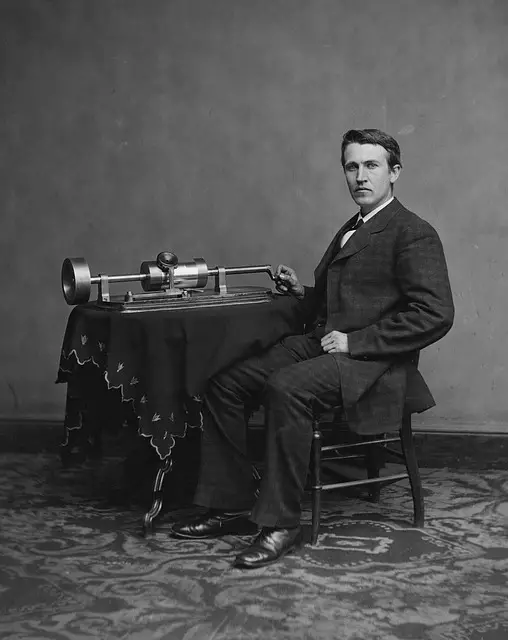
Edison is famous for the development of the telegraph which was a major invention in a time where communication channels were limited to physical visits and delivery of letters. His enterprise at Menlo Park also brought to the public the importance of engineers working together to achieve a task instead of in secrecy. Another major milestone in his career was the invention of the phonograph. The ability to record the human voice was so surreal to the people of his time and he was named the wizard of Menlo Park. Other noteworthy moments of Edison’s career include his commercialization of the light bulb. In 1879, Edison stated that ‘we will make electricity so cheap that only the rich will burn candles’. This he proceeded to achieve alongside Tesla and other innovative engineers of his time.
Henry Ford
The 19th century truly gave use some of the iconic engineers that defined the field of engineering as we know it. Henry Ford, Nikola Tesla, and Thomas Edison were all inventors of the same age and both men worked in Edison’s industrial laboratory before heading out on their own. Unlike the cold relationship between Tesla and Edison, Ford and Edison were friends and lived close to one another. Ford is known as an inventor and industrialist who understood the importance of providing affordable utilities for the public. He is known or famous for the invention of the internal combustion engine.

Henry Ford’s design of the ‘Model T’ automobile changed transportation and industrialization practices for the better. His industrialization model focused on reducing the cost of the automobile while providing plant floor workers with high wages thus introducing excellent compensation for workers in a capitalist society focused solely on profit. He also set up the Ford Foundation which is still actively providing philanthropic support for the less privileged and scientific explorations.
The Wright Brothers
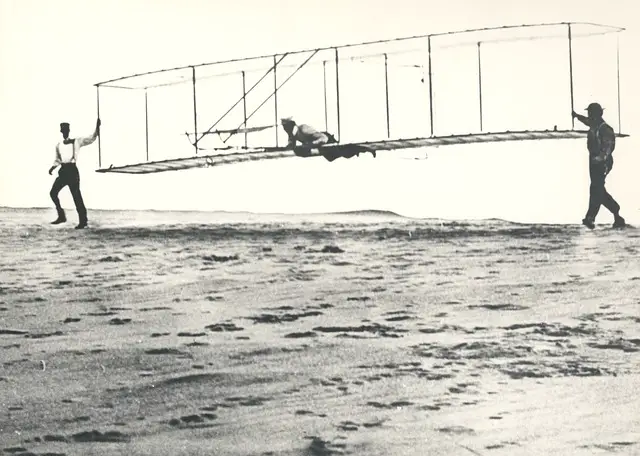
Like many contemporary engineers before them, the Wright brothers did not receive any higher education. It is a fact that they basically dropped out of high school after three years. The brothers gained their engineering experience working in a printing press and on bicycles. The hands-on experience they garnered through the years enabled them design a balanced flying machine which could be controlled. The Wright brothers also worked with another engineer named Charlie Taylor who was a shop employee with mechanical engineering experience. The success of the Wright brother’s machine paved the way for commercial flights as we know it.
Alexander Graham Bell
If you have ever used any AT&T carrier on your cellphone, then you have literally reached into time and experienced the engineering miracle Alexander Graham Bell invented in 1876. Bell, alumni of the University of Edinburgh, heavily researched the science behind hearing and speech due to his mother and wife being deaf. This research was what would later morph into the first fully functional telephone in the world. Bell’s inventions will go on to become one of the greatest mankind ever experienced.

The story of Graham Bell cannot be told without including the genius of Thomas Watson an experienced electrical engineer who had the technical experience Bell relied on to design the telephone. Patenting the design of the telephone also came with its own controversies as another engineer Elisha Gray who was simultaneously working on a telephone device which relied on a water transmitter would also submit a patent for the telephone a few hours after Bell’s patent was granted. Bell would later apply the liquid transmitter to prove that sound could be transferred but did not include Gray’s transmitter in his final copy of the telephone. To this day, arguments about who designed the first telephone exist.
James Watt
The first industrial revolution was mass manufacturing and the use of multiple machines within a shop floor was successful due to one major invention. That invention was the steam engine. The steam engine was first designed and built by another great engineer, Thomas Newcomen in 1712. Although this engine functioned, it expended so much heat and wasted a ton of energy that relying on only it would have definitely reduced the pace at which the first industrial revolution occurred. James Watt’s successful steam engine design in 1776 ensured machines became more economical and safe to use thus accelerating the first industrial revolution.
James Watt received mechanical engineering training on the job like most engineers of his time. His invitation to restore instruments at the University of Glasgow was instrumental to him continuing his studies and becoming more proficient with advanced mechanical engineering subject matters. Watt started his career as an inventor by designing musical instruments and toys for the public. He then graduated to repairing the Newcomen engine which made it possible for him to note its deficiencies and think about practical solutions to eliminating them. Watt created a functional steam engine with a separate condenser which ensured the steam engine used up energy efficiency. Watts’s breakthrough ensured we understood the conservation of energy and the concept of horsepower. In honor of James watt’s contributions to engineering, the SI unit for power was named the watt.
Lee De Forest
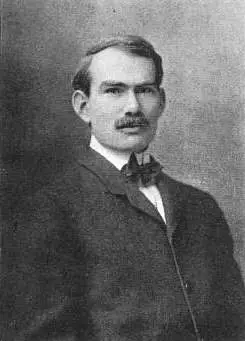
Despite De Forest limited understanding of electronics and mechanical engineering, his motivation to learn was great. He applied for positions under Nikolas Tesla and Marconi, who were leading engineers of the time and was rejected. This made him strike out on his own and led to conducting hundreds of experiments on wireless telegraphy also known as radio telegraphy. He preferred the term radio against wireless and proceeded to make it popular and the name stuck until this day. His need to develop a device that could amplify radio signals led to the discovery of the Audion and the phonofilm. The phonofilm made it possible for sounds to be correctly incorporated into motion picture which changed the industry forever.
Elon Musk
It is generally unheard of to name engineers from the 21st century as one of the greatest engineers to ever live. This difficulty is due to the fact that modern engineers build on works and theories that have already been expanded on and standardized. The mainstream nature of industrialized laboratories also adds to this difficulty. Thus, creating something from scratch is no longer feasible and innovations are usually a group effort and not that of one driven engineer. Despite these limitations Elon Musk still makes this list for his daring ventures to make the electric car and space travel more mainstream.

His innovative steps span across diverse fields which include internet services through PayPal, space travel through SpaceX, the automotive industry through Tesla, and his strive to offer a new way to travel through the Boring Company. The energy and innovation Musk brings alongside his ability to create high-achieving teams gives him a spot on this list.
Conclusion
The field of engineering is continuously expanding as more teams of researchers contribute to making the world a safer and more understood place for humanity. This list highlights the giant strides the great ones before us, achieved in order for us to be where we are today. It could also serve as an inspiration for those building the next invention that will drastically change any facet of human life.
Source link

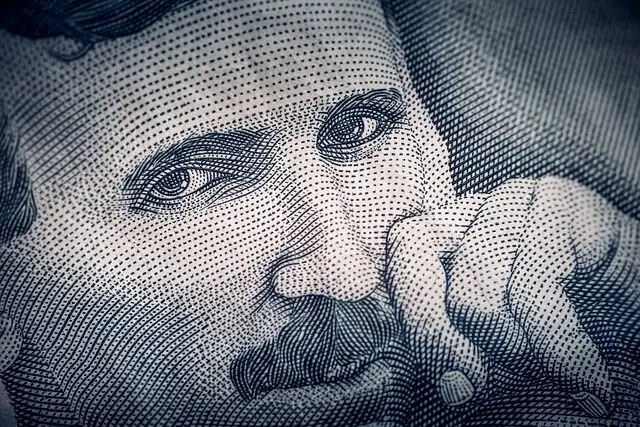



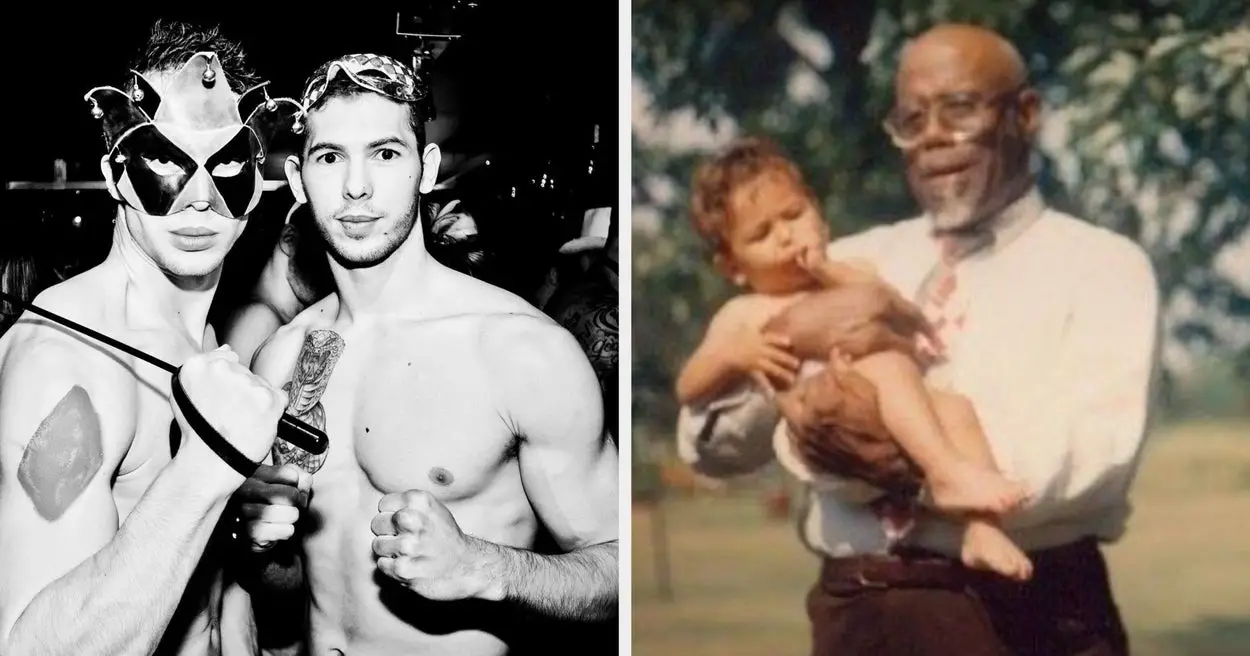






Leave a Reply